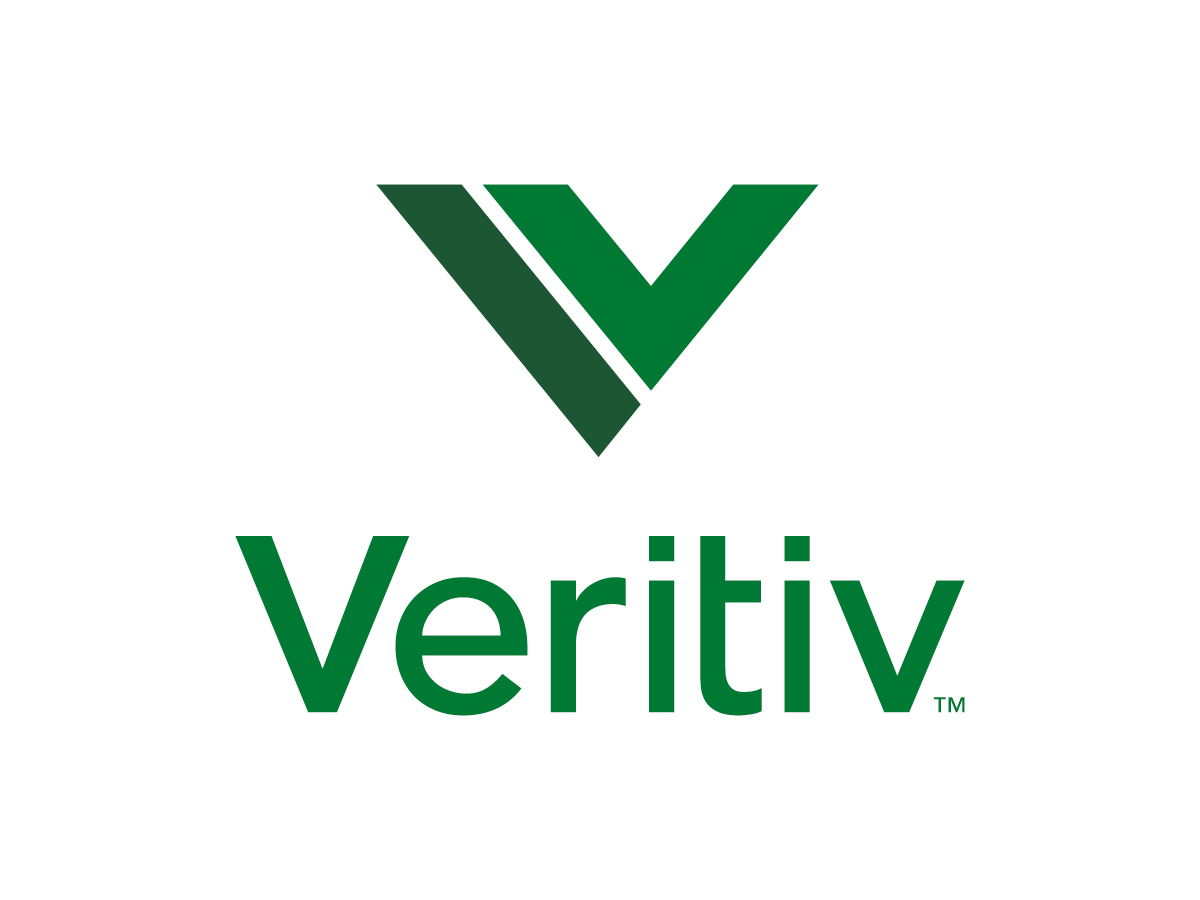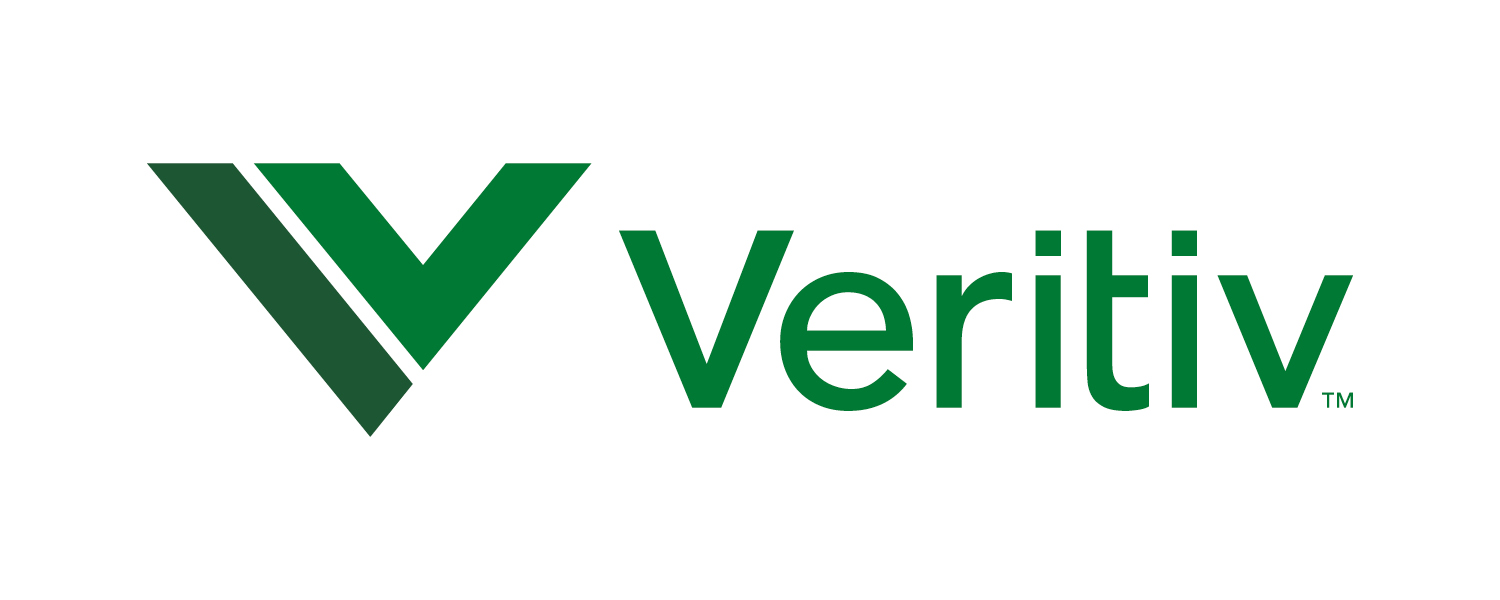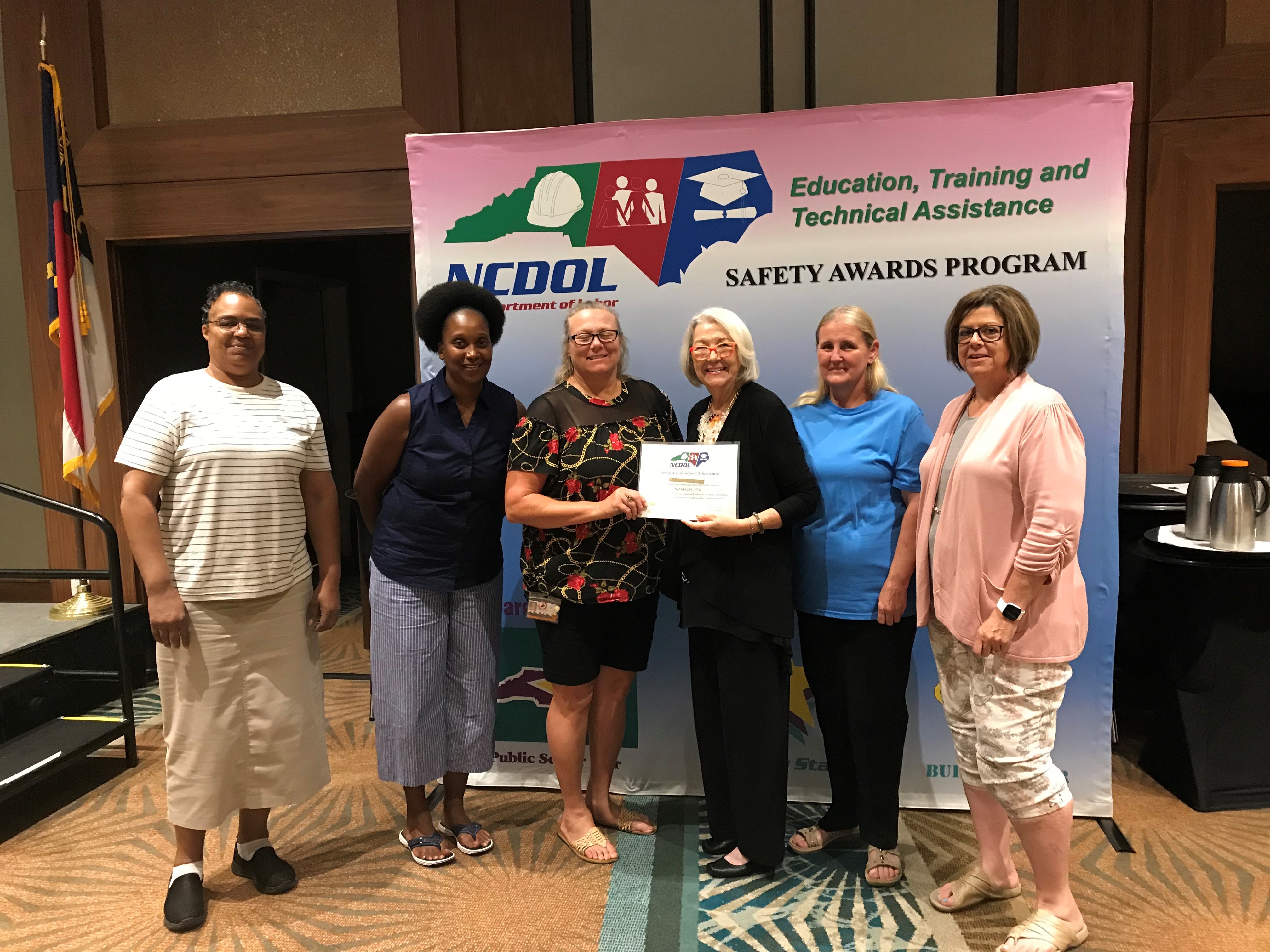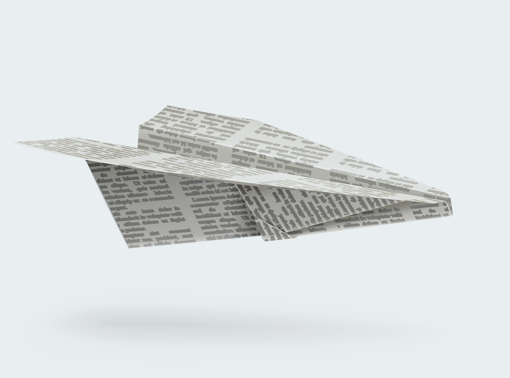
Featuring Jim Ollmann, Veritiv’s Director, Packaging Design Network
Up and coming trends are often a great indicator to where companies are looking to focus innovation efforts and investment. With the rising global interest in sustainability concerns, it makes sense to explore the latest trends in sustainable packaging.

Director, Packaging Design Network
Veritiv
Throughout history, when a product needed to travel from ‘Point A’ to ‘Point B,’ often the only question was: How much does it cost? Although the bottom line still provides one of the primary drivers of the decision-making process, other factors certainly play a roll. Increasingly, conversations with clients regarding packaging solutions center around the idea of innovation and sustainability; which can mean different things to different companies; can be measured in a variety of different ways; and, to some surprise, may even lead to a reduction in costs.
To better understand emerging trends in sustainable packing, a number of questions were recently shared with an expert in the field. Jim Ollmann, the director of the Packaging Design Network with Veritiv, one of the largest packaging distributors in the US, offered his thoughts on how the packaging industry will advance sustainability throughout 2017.
Defining the Goal
In regards to the conversations Jim has regularly, “One thing that would be helpful for customers to know is exactly what they are attempting to achieve from a sustainability improvement initiative (statement of work, anticipated goal, etc.). Everyone wants to achieve improved sustainability, but very few can put their goals into quantitative terms.”
Doing so requires asking and answering some questions to better define how you might value sustainability. Volume reduction? Weight reduction? Reduced carbon footprint? Packaging sourced from recycled materials? What percentage of recycled materials indicates success? Is the packaging intended to make a statement, and might it therefore include exotic materials? Is this just the first step towards a broader, more long-term sustainability plan?
These questions can often lead to more questions, which makes seeking the assistance of experts like Jim even more important than ever before.
Sustainability Focus in 2017
Based on what he’s hearing, Jim sees two considerations leading the packaging sustainability charge this year. “In 2017, I think reduced volume packaging and second-life (can the packaging be used for another purpose?) will be a big focus,” said Jim.
Reduced volume packaging provides a dual benefit that may include significant cost savings over the long term. The ability to pack more of an item into shipping containers reduces the cost of shipment and the carbon intensity of the product. Over a period of time, these savings may even completely offset the cost of creating and implementing the new packaging. Such potential for cost savings makes reducing volume packaging a great place to start sustainability initiatives.
Focusing on the packaging’s second-life impacts the product’s lifecycle by reducing the waste stream associated with the product. Second-life packaging can be functional, such as shelf-stable food packaging that converts to plates and even utensils. It can also be non-functional, such as packaging that can convert into a child’s rainy-day art project. It may even become an aspect of the product itself, such as packaging that becomes the permanent storage container for the product. No matter the approach, the goal is the same, to delay the packaging from entering the waste stream as much as possible.
Expanding Potential and Possibility
When it comes to developing a clear sustainable packaging goal, Jim explains, “The focus and primary discussion points tend to be the validation/justification of sustainable offset compared to current packaging configuration, as well as the cost impact.” What makes sustainable packaging so exciting right now is how much such validation and justification leads to an increase in truly creative solutions.
With the ability to create significant volume reduction, and through the use of different materials affecting weight and stability, sustainable packaging design provides multiple paths to success. Plant-based materials that breakdown quickly in the environment can help achieve carbon impact goals. Creative design shapes can reduce weight without impacting structural integrity. Emerging materials created with lower energy-to-produce characteristics can help to achieve both volume reduction and carbon impact goals. A solution created for one client will likely expand across many other applications, further aligning all clients with success.
As solutions for sustainable packaging expand, the potential reductions in cost and other benefits continue to be realized by more and more companies across a number of different industries. Now is the time to take notice. Whether you are bringing a new product to market, or seeking to revitalize your current packaging, moving towards a greater focus on sustainable packaging makes sense.
And, sustainable packaging’s impact can mean more than a few cents of savings for you as well.
About Veritiv
 Veritiv Corporation (NYSE: VRTV), headquartered in Atlanta and a Fortune 500® company, is a leading North American business-to-business distributor of print, publishing, packaging, and facility solutions; and also a provider of logistics and supply chain management services. Serving customers in a wide range of industries, the Company has approximately 180 distribution centers throughout the U.S., Mexico and Canada, and employs approximately 8,800 team members worldwide that help shape the success of its customers. For more information about Veritiv and its business segments visit www.veritivcorp.com.
Veritiv Corporation (NYSE: VRTV), headquartered in Atlanta and a Fortune 500® company, is a leading North American business-to-business distributor of print, publishing, packaging, and facility solutions; and also a provider of logistics and supply chain management services. Serving customers in a wide range of industries, the Company has approximately 180 distribution centers throughout the U.S., Mexico and Canada, and employs approximately 8,800 team members worldwide that help shape the success of its customers. For more information about Veritiv and its business segments visit www.veritivcorp.com.
Also in Packaging:

Nomaco Wins 9th Consecutive Gold Safety Award
in PackagingNomaco Inc. received its ninth consecutive Gold Safety Award from the North Carolina Department of Labor at the Department’s Annual Awards Banquet on Friday, May 31, 2019. The NCDOL Safety Awards… Read More

Manufacturing Day 2018
in PackagingOn Friday, October 5th, 2018, Nomaco and our sister company, Vinventions, welcomed local students and educators… Read More
